
3
English
h) Keep handles and grasping surfaces dry, clean
and free from oil and grease.
Slippery handles and grasping surfaces do not
allow for safe handling and control of the tool in
unexpected situations.
5) Battery tool use and care
a) Recharge only with the charger specifi ed by the
manufacturer.
A charger that is suitable for one type of battery pack
may create a risk of fi re when used with another
battery pack.
b) Use power tools only with specifi cally
designated battery packs.
Use of any other battery packs may create a risk of
injury and fi re.
c) When battery pack is not in use, keep it away
from other metal objects, like paper clips, coins,
keys, nails, screws or other small metal objects,
that can make a connection from one terminal to
another.
Shorting the battery terminals together may cause
burns or a fi re.
d) Under abusive conditions, liquid may be ejected
from the battery; avoid contact. If contact
accidentally occurs, fl ush with water. If liquid
contacts eyes, additionally seek medical help.
Liquid ejected from the battery may cause irritation or
burns.
e) Do not use a battery pack or tool that is damaged
or modifi ed.
Damaged or modifi ed batteries may exhibit
unpredictable behaviour resulting in fi re, explosion
or risk of injury.
f) Do not expose a battery pack or tool to fi re or
excessive temperature.
Exposure to fi re or temperature above 130 °C may
cause explosion.
g) Follow all charging instructions and do not
charge the battery pack or tool outside the
temperature range specifi ed in the instructions.
Charging improperly or at temperatures outside
the specifi ed range may damage the battery and
increase the risk of fi re.
6) Service
a) Have your power tool serviced by a qualifi ed
repair person using only identical replacement
parts.
This will ensure that the safety of the power tool is
maintained.
b) Never service damaged battery packs.
Service of battery packs should only be performed
by the manufacturer or authorized service providers.
PRECAUTION
Keep children and infi rm persons away.
When not in use, tools should be stored out of reach of
children and infi rm persons.
CORDLESS IMPACT WRENCH
SAFETY WARNINGS
Hold the power tool by insulated gripping surfaces,
when performing an operation where the fastener may
contact hidden wiring. Fasteners contacting a “live” wire
may make exposed metal parts of the power tool “live” and
could give the operator an electric shock.
ADDITIONAL SAFETY WARNINGS
1. This is a portable tool for tightening and loosening
screws, bolts and nuts. Use it only for these operation.
2. Make sure to securely hold the tool during operation.
Failure to do so can result in accidents or injuries.
(Fig. 11)
3. Make sure that the battery is installed fi rmly. If it is as all
loose it could come off and cause an accident.
4. Preparing and checking the work environment. Make
sure that the work site meets all the conditions laid forth
in the precautions.
5. Do not allow foreign matter to enter the hole for
connecting the rechargeable battery.
6. Never disassemble the rechargeable battery and
charger.
7. Never short-circuit the rechargeable battery.
Shortcircuiting the battery will cause a great electric
current and overheat. It results in burn or damage to the
battery.
8. Do not dispose of the battery in fi re. If the battery is burnt,
it may explode.
9. Bring the battery to the shop from which it was purchased
as soon as the post-charging battery life becomes too
short for practical use. Do not dispose of the exhausted
battery.
10. Do not insert object into the air ventilation slots of the
charger. Inserting metal objects or infl ammables into the
charger air ventilation slots will result in electrical shock
hazard or damaged charger.
11. Check the actual tightening torque with a toruqe wrench.
12. Stop the tool before switching the direction of rotation.
Always release the switch and wait for tool to stop before
switching the direction of rotation.
13. Never touch the turning part. Do not allow the turning
part section to get near your hands or any other part of
your body. You could be cut or caught in the turning part.
Also, be careful not to touch the turning part after using
continuously it for a long time. It gets quite hot and could
burn you.
14. Please use the designated attachments which are
listed in the operations manual and HiKOKI’s catalog.
Accidents or injuries could result from not doing so.
15. Make sure to fi rmly install the attachments in the anvil. If
the attachments is not fi rmly installed it might come out
and cause injuries.
Align the plunger located in the square part of the anvil
with the hole in the hex. socket. Then push the plunger,
and mount the hex. socket on the anvil. Check that the
plunger is fully engaged in the holes. When removing the
socket, reverse the sequence.
16. The push button cannot be switched while the tool is
turning. To switch the push button, stop the tool, then set
the push button.
17. In the work of the save mode(S), avoid the continuous
tightening as temperature of electronic components of
the converter switch increase.
18. Install securely the hook. Unless the hook is securely
installed, it may cause an injury while using.
19. To prevent the battery power consumption caused
by forgetting to turn off the LED light, the light goes off
automatically in about 15 minutes.
20. Resting the unit after continuous work.
21. Do not touch the metal parts, as it gets very hot during
continuous work.
22. Do not look directly into the light. Such actions could
result in eye injury.
23. Always use the tool and battery at temperatures between
-5 oC and 40 oC.
0000BookWR14DSDL.indb30000BookWR14DSDL.indb3 2019/02/2016:01:372019/02/2016:01:37

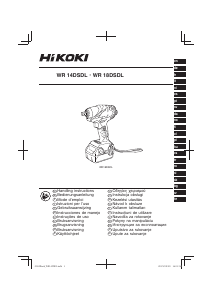



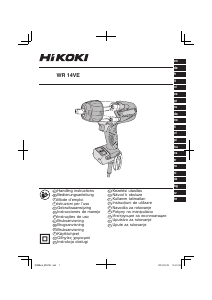
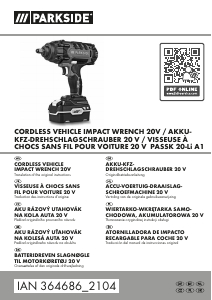
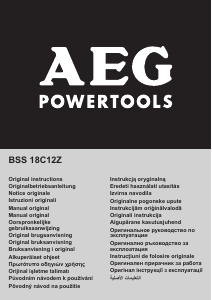
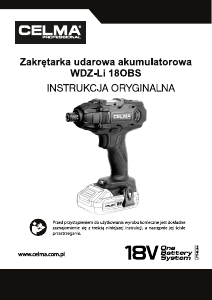
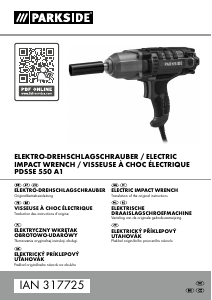
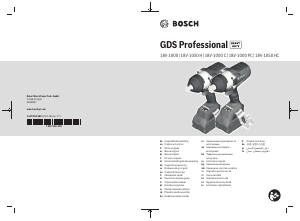
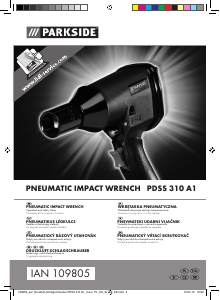
Dołącz do dyskusji na temat tego produktu
Tutaj możesz podzielić się swoją opinią na temat Hikoki WR 14DSDL Klucz udarowy. Jeśli masz pytanie, najpierw dokładnie przeczytaj instrukcję. Zapytanie o instrukcję można złożyć za pomocą naszego formularza kontaktowego.